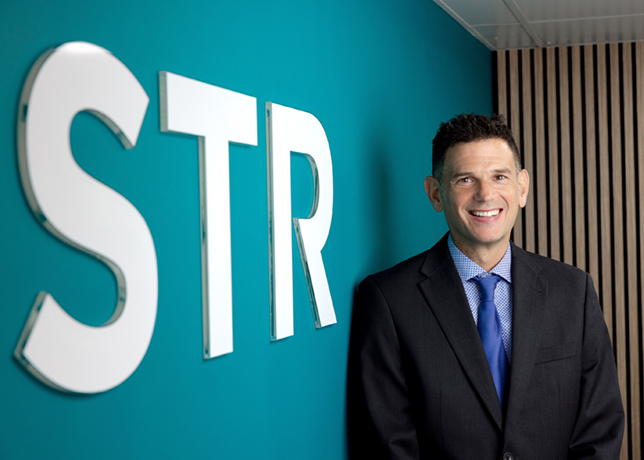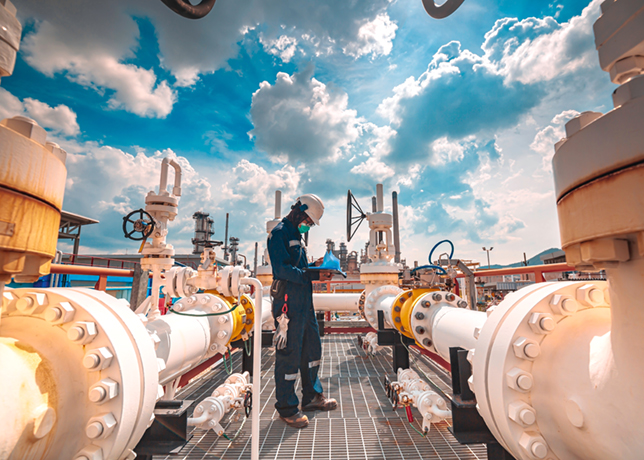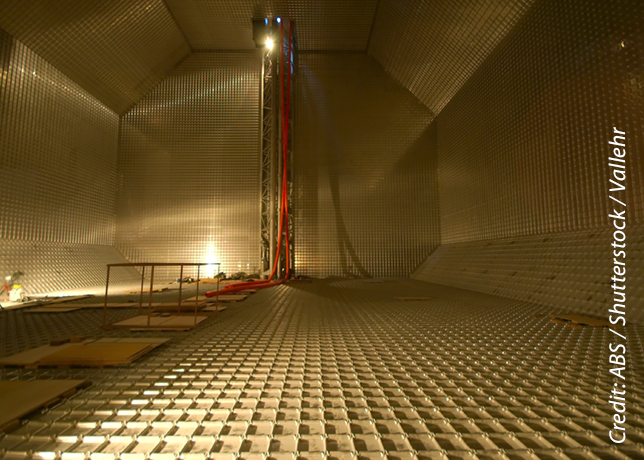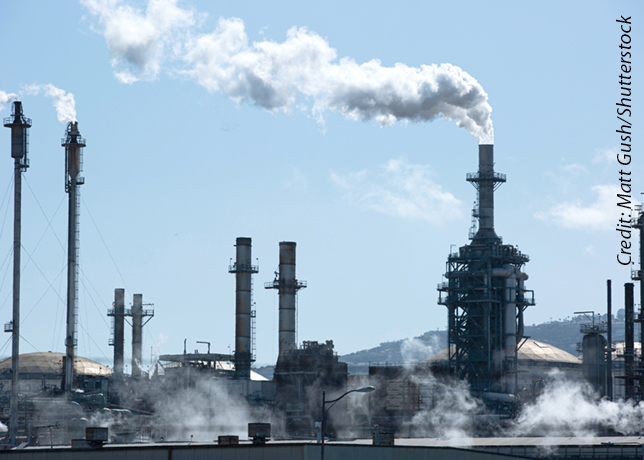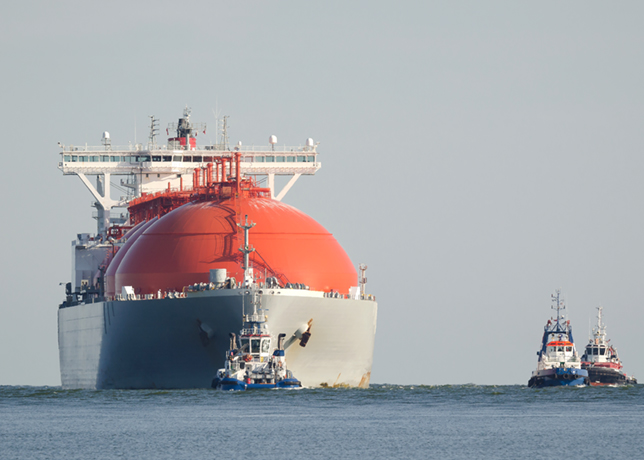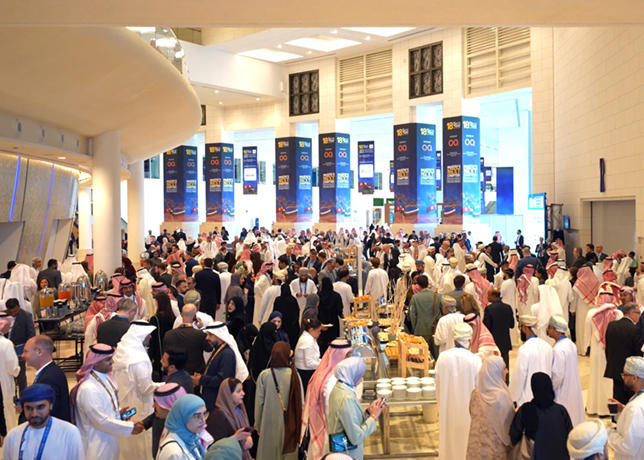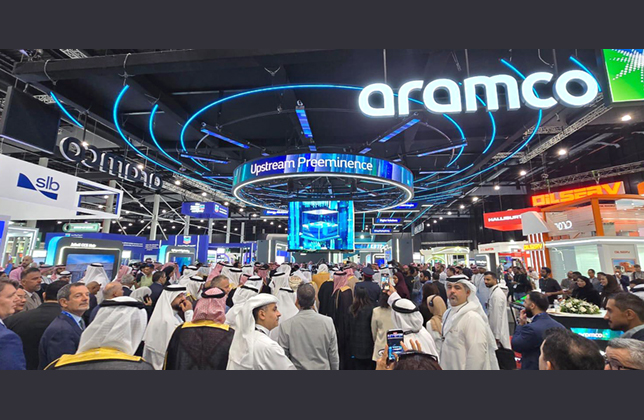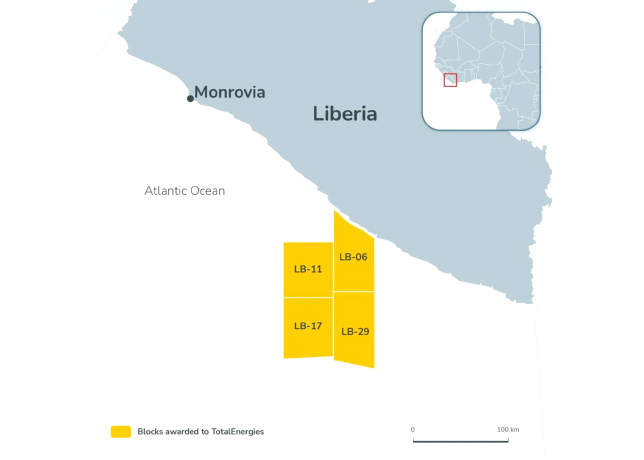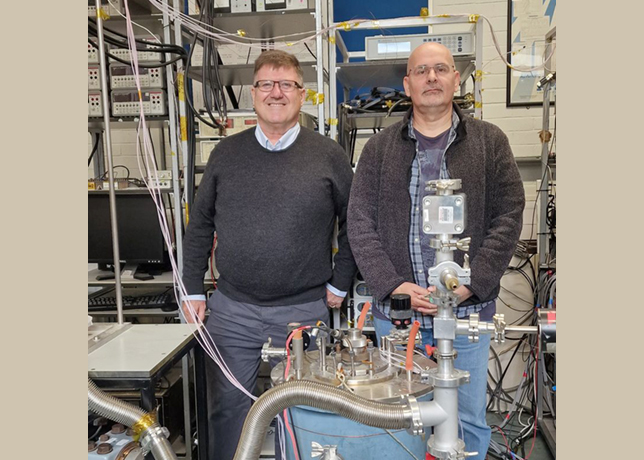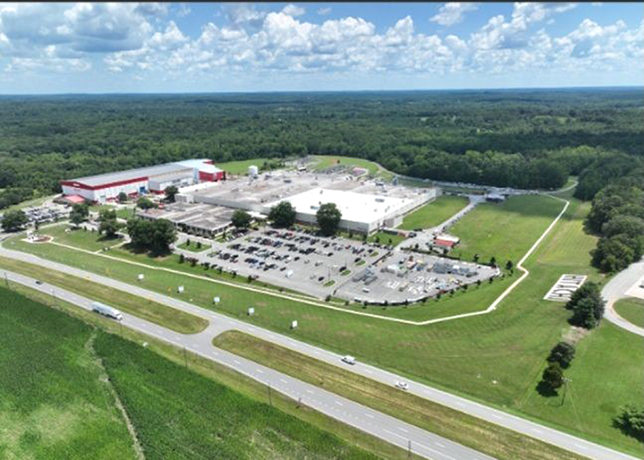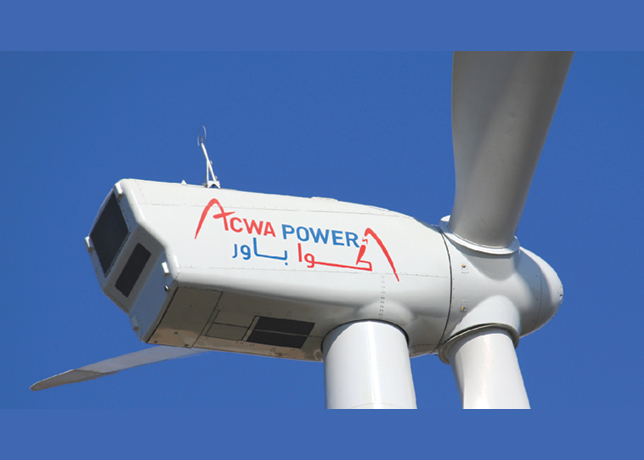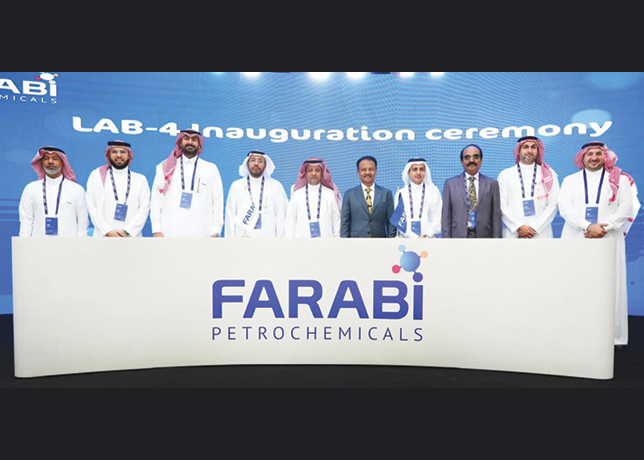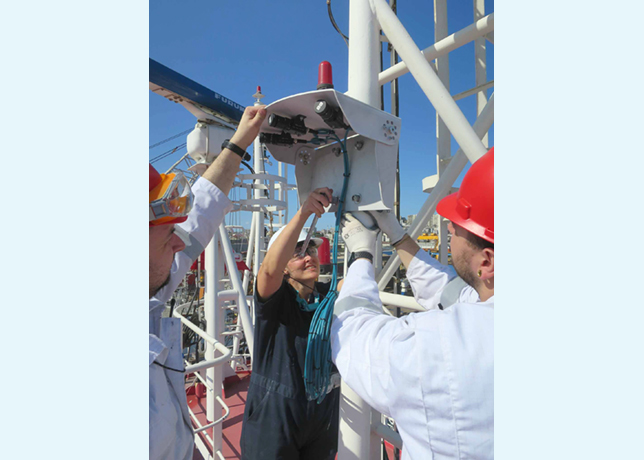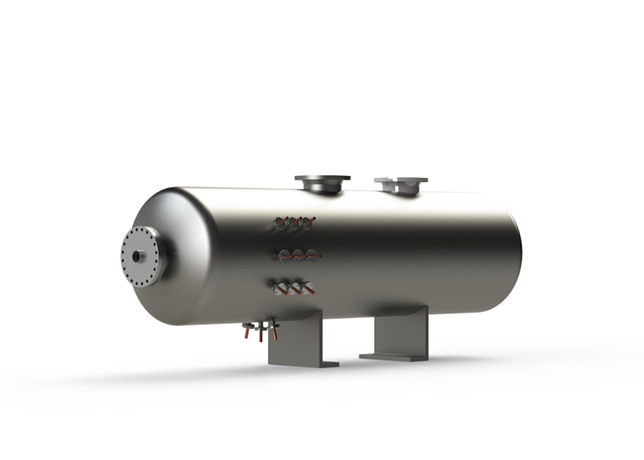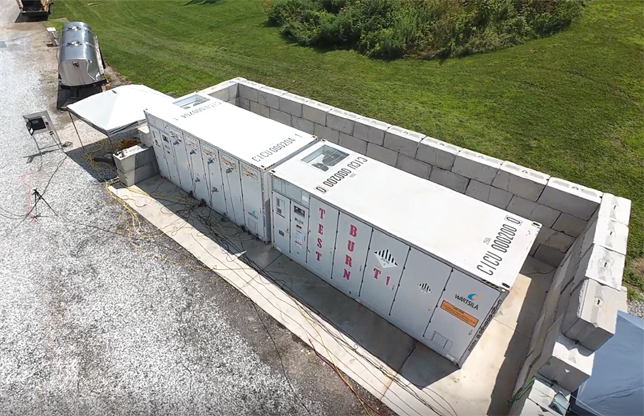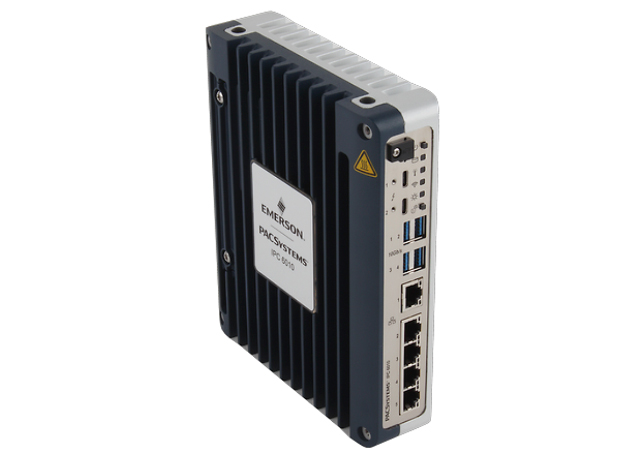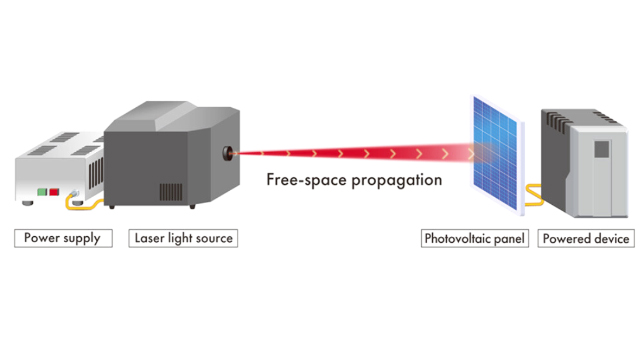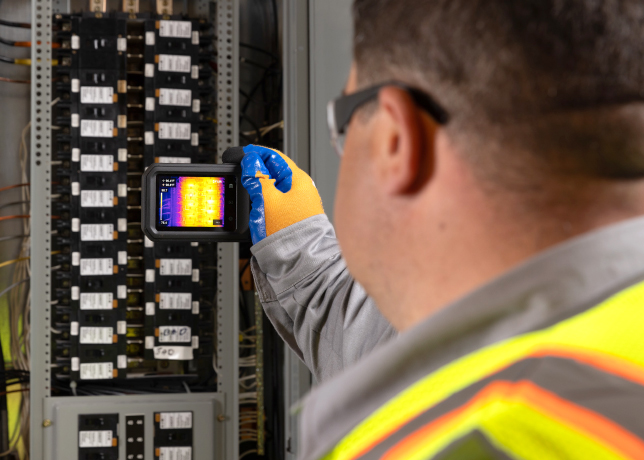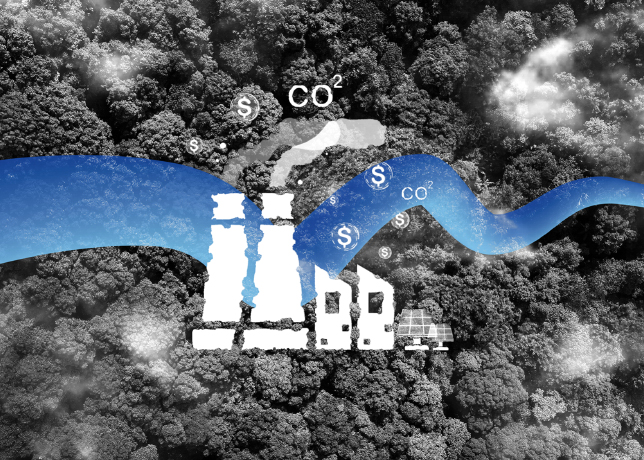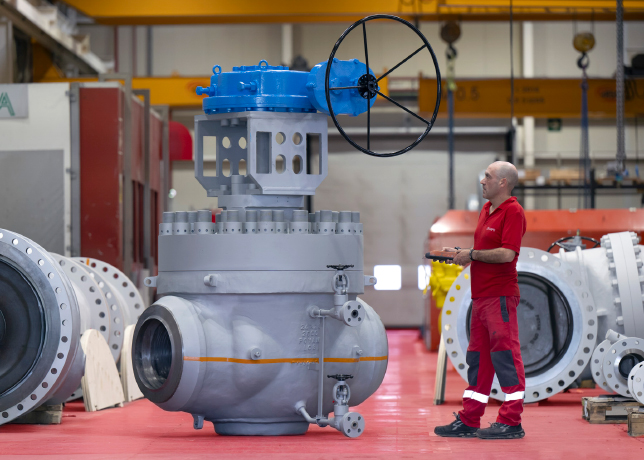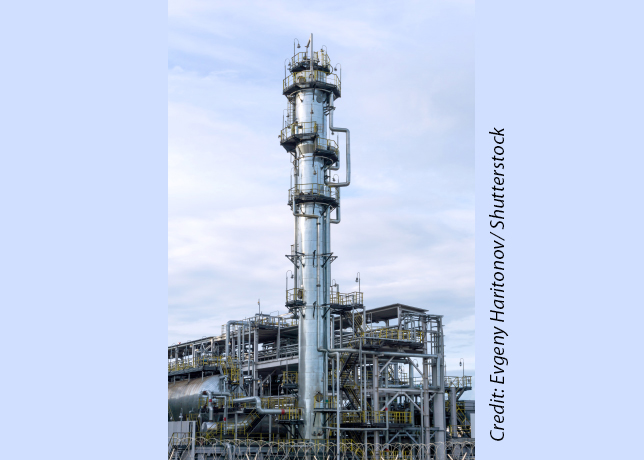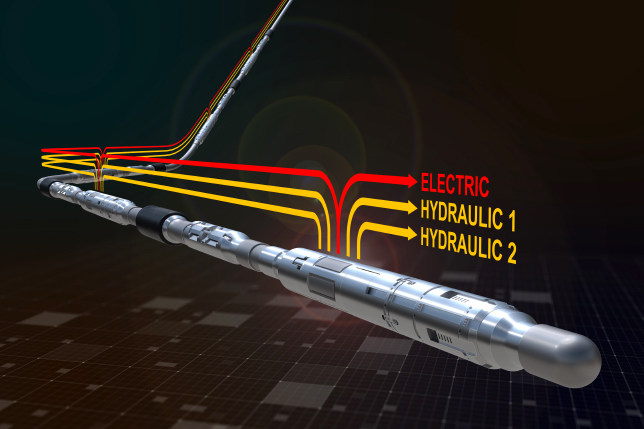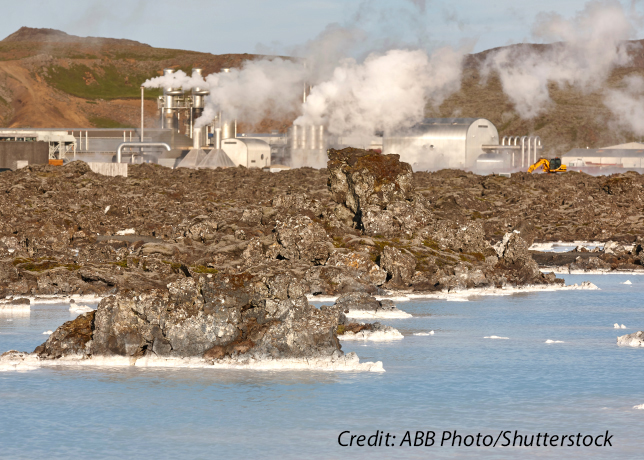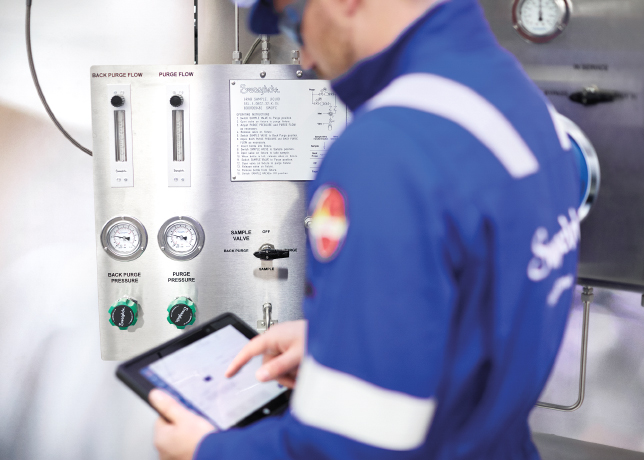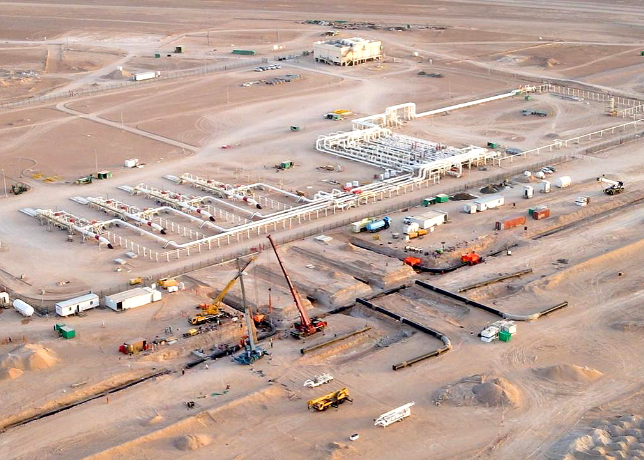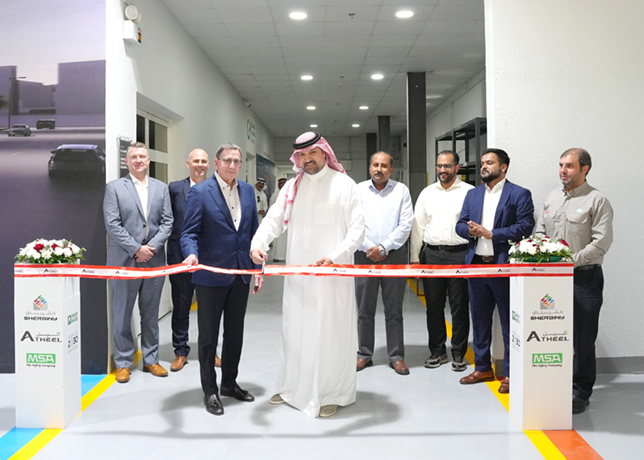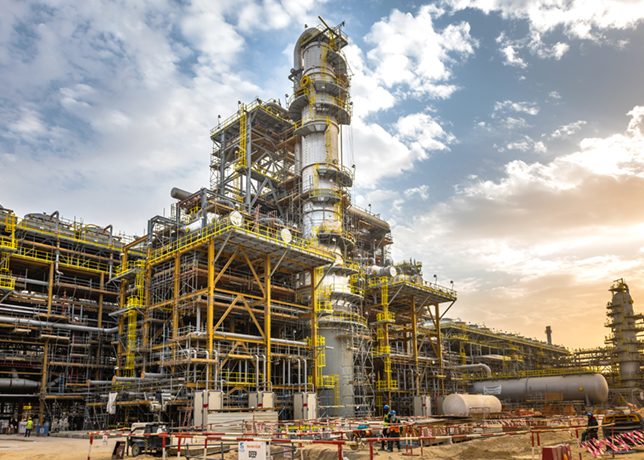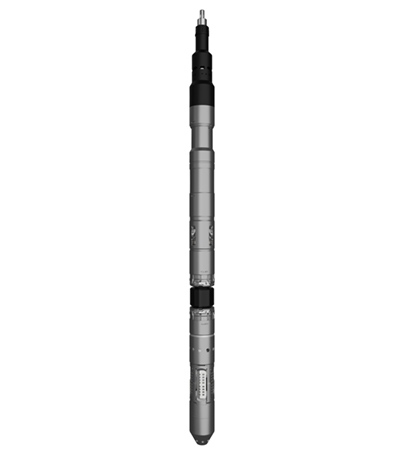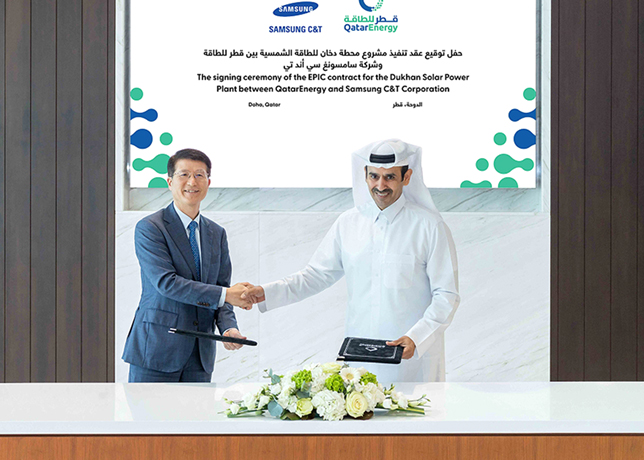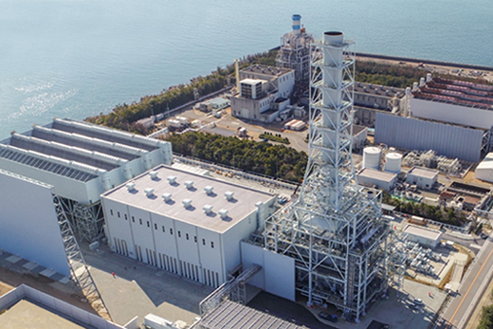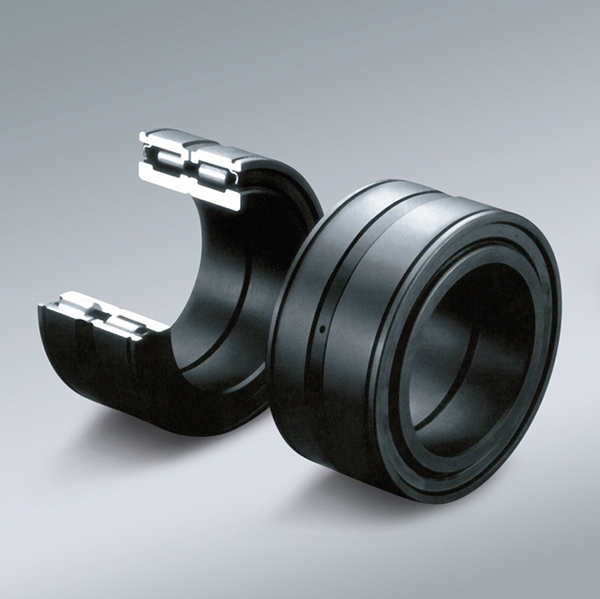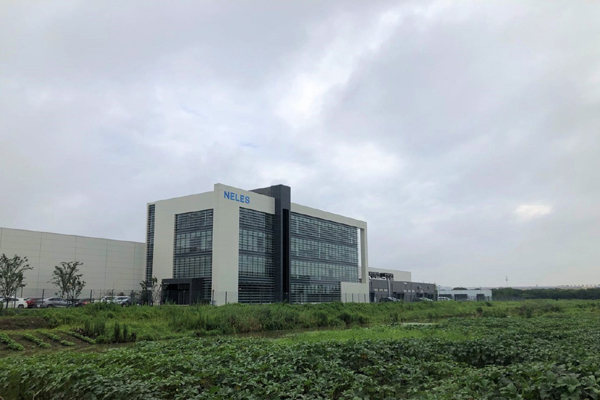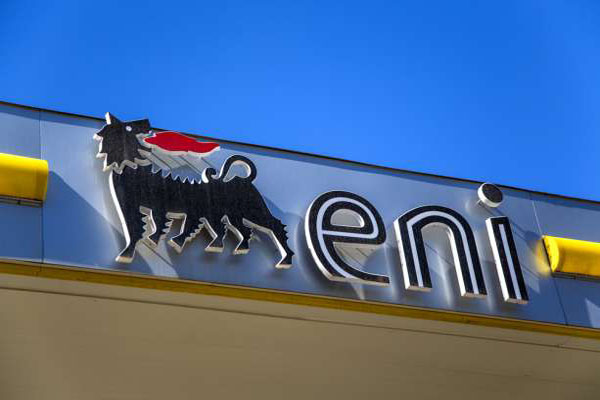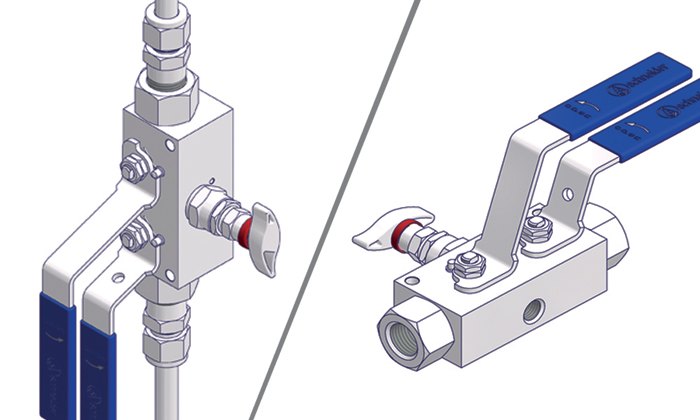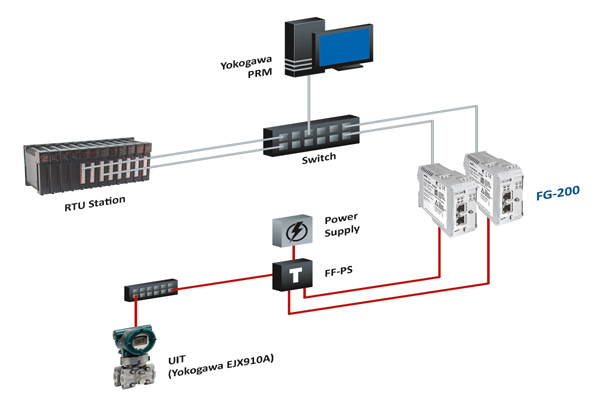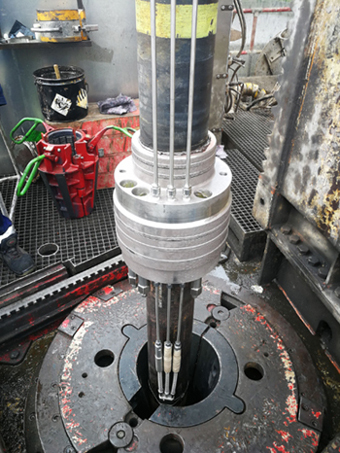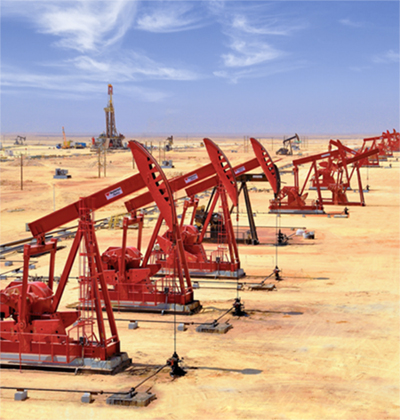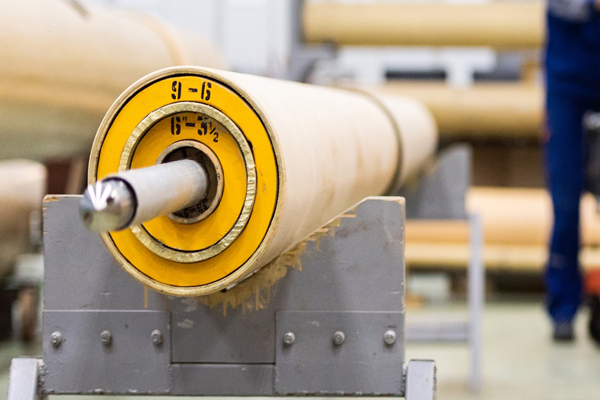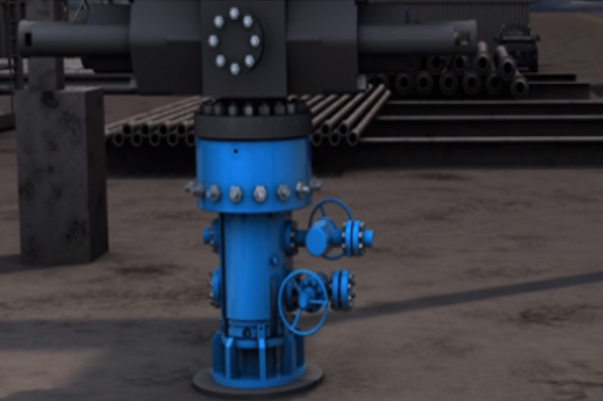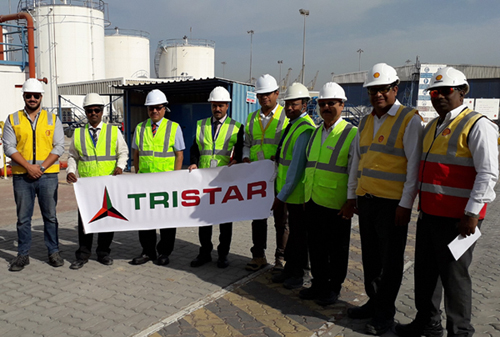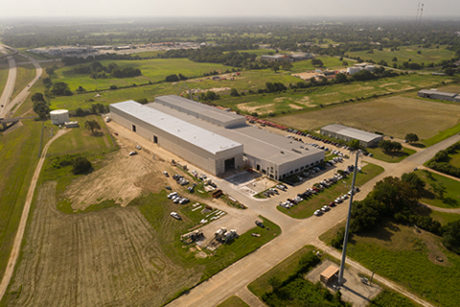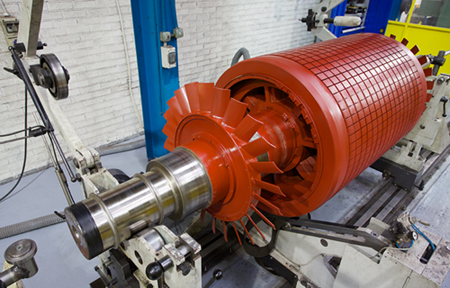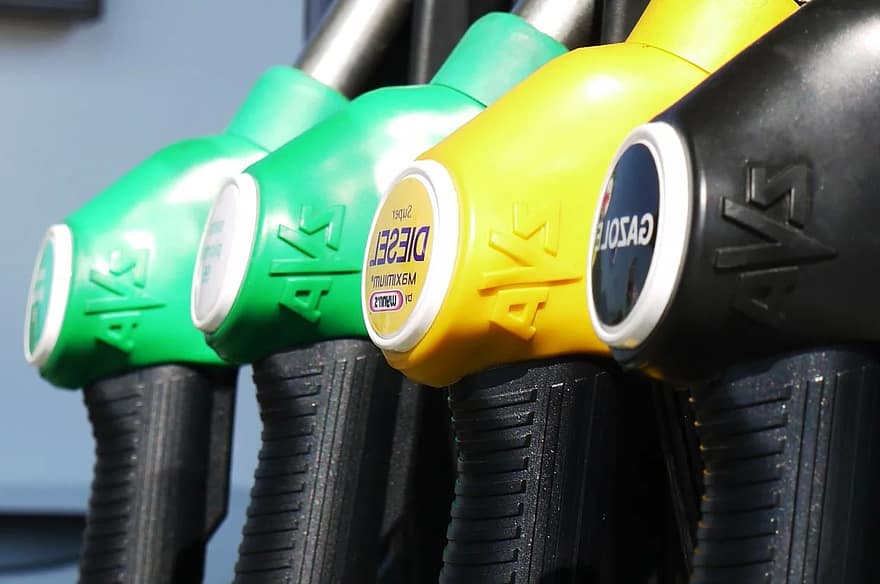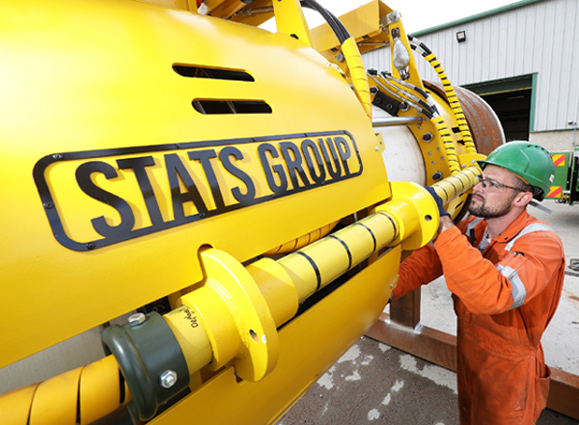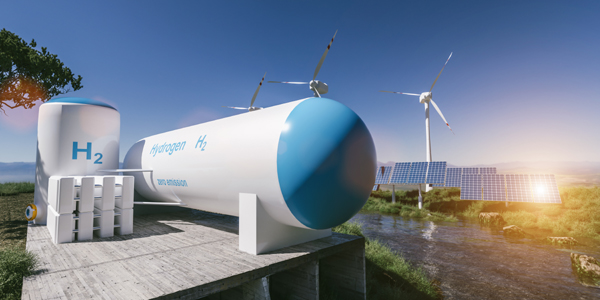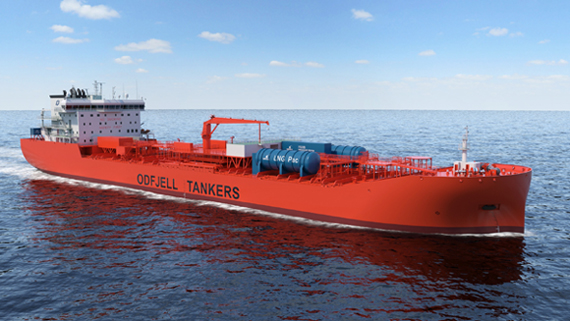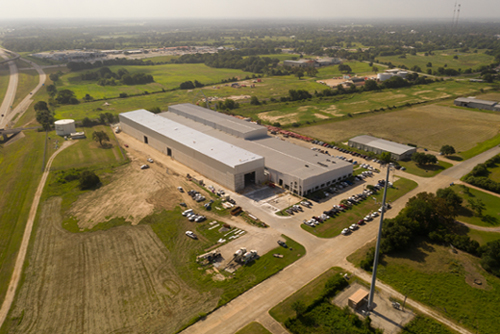
 Ruth Checknoff
Ruth Checknoff
Solar thermal’s stable energy costs provide a predictable and potentially more affordable option that shields businesses from volatile fuel prices and enhances profitability, Ruth Checknoff tells OGN
Solar thermal presents a powerful opportunity to transform industrial heating and enhance American manufacturing competitiveness.
While solar photovoltaic (PV) technology has gained significant traction in the power sector, solar thermal remains largely untapped, with fewer than 30 US deployments for industrial heating.
Most US deployments have focused on residential water heating or utility-scale electricity generation, known as Concentrating Solar Power (CSP), leaving a sizeable gap for American industry.
Unlike PV, which generates electricity, solar thermal directly converts sunlight into heat with relatively high efficiency.
'Solar thermal has the potential to serve 25 per cent of industrial heat demand in the US, particularly for low- and medium-temperature needs. For the food and beverage, textiles, paper, and chemicals sectors, solar thermal can serve as a reliable and cost-effective heat source,' Ruth Checknoff, Project and Research Director at the Renewable Thermal Collaborative (RTC), tells OGN energy magazine.
 |
Solar UV Solutions’ evacuated tube collectors on the roof of an Indianapolis International Airport facility |
Despite this potential, many industrial energy users and policymakers lack awareness of the full range of opportunities for solar thermal to serve process heating applications and achieve energy cost savings.
Misconceptions about cost, process integration, and competition with PV, have slowed adoption of this critical technology.
While the upfront capital cost of solar thermal can be higher than conventional heating systems, its long-term operational costs are significantly lower, thanks to the fact that sunlight is a free, abundant resource.
Solar thermal’s stable energy costs provide a predictable and potentially more affordable option that shields businesses from volatile fuel prices and enhances profitability.
When paired with thermal energy storage, solar thermal project economics are even more favourable.
In addition, many solar thermal solution providers offer Energy-as-a-Service (EaaS) agreements to eliminate upfront capital costs for customers, who instead pay for the heat delivered during the contract term. This can be an attractive model for those without the capital required for a direct purchase.
 |
Various solar thermal technologies (from left to right) ... Onosi solar flat plate collector, Bimble evacuated |
Solar thermal can be seamlessly integrated with existing industrial heating systems, reducing the need for major overhauls and minimising operational disruptions.
It can preheat boiler feedwater, supplement conventional heating systems, or even replace them entirely in certain applications.
SOLAR THERMAL ACTION PLAN
Last year, the RTC developed a Solar Thermal Action Plan in collaboration with industry stakeholders.
The multi-year strategy aims to address barriers to solar thermal deployment in the US. It provides a vision for the priority market, policy, and community actions that will drive the RTC to achieve the goals of reducing US industrial thermal emissions 30 per cent by 2030 and full sector decarbonisation by 2050.
The Solar Thermal Action Plan outlines the techno-economic characteristics of key solar thermal technologies.
• Non-concentrating solar thermal: Non-concentrating solar thermal designs, such as flat plate and evacuated tube collectors, can produce heat up to 100 deg C for domestic hot water or low temperature process heating applications.
These solar thermal collectors can supply heat in the form of hot water to boilers and other types of thermal delivery infrastructure to meet building, district heating, and process heating requirements.
According to the Vision Report, non-concentrating solar thermal is technically mature, as non-concentrating systems have been deployed for residential, district, and commercial water heating.
Solar thermal systems are also relatively efficient; while solar photovoltaics (PV) turn about 20 per cent of solar irradiance into usable energy, solar thermal systems can convert approximately 80-90 per cent of solar irradiance into heat, meaning they need less space to deliver the same amount of energy.
A National Renewable Energy Laboratory (NREL) study found that flat plate solar thermal collectors require less land than solar PV-based electric heating systems (for example, PV with electric boilers) per unit of thermal energy delivered.
The efficiency of non-concentrating solar thermal technologies depends on the design and temperature conditions.
Evacuated tube collectors usually contain parallel, vacuum-insulated glass tubes, leading to lower heat loss and higher efficiencies than flat plate collectors.
For both evacuated tube and flat plate collectors, efficiency decreases as the difference between the ambient air temperature and the output temperature increases, although the efficiency loss is less pronounced for evacuated tube collectors.
• Concentrating solar thermal: Solar thermal devices with concentrating designs use optical elements (for example, mirrors) to concentrate radiant solar energy onto a receiver containing a heat transfer fluid, such as water, steam, oil, or molten salt.
Concentrating solar thermal (CST) technologies include linear Fresnel reflectors, parabolic troughs, power towers, and dish engines, and are typically used for heat applications.
When these technologies are used for electricity generation, they are usually referred to as concentrating solar power (CSP).
CST has a higher energy density than non-concentrating designs, capable of producing hot water or steam at temperatures up to 550 deg C.
The steam can either be directly used or converted into electricity with a steam turbine generator.
Most concentrating solar thermal deployments over the last few decades have focused on large-scale electricity generation (for example, 50-100 MWe), but CST for direct industrial process heating is becoming more prevalent.
While some commercially available CST technologies (for example, power towers and parabolic dishes) can deliver heat up to 1,200 deg C, these technologies are generally more applicable to and cost-effective for electricity generation.
Linear Fresnel and parabolic trough collectors can meet demand in the 100-550 deg C range.
Within this temperature range, CST is well-suited to industrial process heating applications in the food and beverage, pulp and paper, and consumer goods manufacturing sectors, wherein a large share of emissions come from low and medium temperature process heat.
Like non-concentrating solar thermal, CST is more efficient than solar PV. Parabolic trough collectors are approximately 70-75 per cent efficient, although efficiency degrades as operating temperatures increase.
Studies of linear Fresnel systems report thermal efficiencies in the 40-60 per cent range, depending on output temperature and other factors.
GLOBAL DEPLOYMENTS
 |
Solar thermal technologies and temperature ranges |
While solar thermal adoption for industrial heat in the US has been limited, it’s surging in other parts of the world.
Europe and China are leading the way with large-scale deployments, demonstrating the technical feasibility and economic viability of solar thermal industrial heating. These installations are also shifting towards concentrating collectors to reach higher temperatures. This trend, coupled with ongoing research and development, is unlocking new possibilities for solar thermal in sectors requiring high-temperature heat.
A multi-pronged approach is needed to unleash the transformative potential of solar thermal to bolster American manufacturing competitiveness and energy security:
• Market development: Increasing awareness of solar thermal's technical and financial characteristics is crucial. Case studies, decision tools, and plant tours can offer essential education for industrial energy users and policymakers alike.
• Policy support: Establishing long-term incentives, including extending the Section 48 investment tax credit for solar process heat, can drive demand and create market certainty.
• Standardisation and third-party financing: Following the successful model of solar PV, standardising solar thermal component manufacturing and facilitating access to third-party finance (for example, EaaS) can significantly reduce costs and accelerate deployment.
By embracing solar thermal, US manufacturers can optimise operations, stabilise energy costs, and gain a competitive edge in an evolving global market. It’s time to move beyond the false narrative of competition between solar PV and solar thermal and recognise their complementary roles in America’s energy mix.
Just as PV is revolutionising electricity generation, solar thermal has the power to transform industrial heat, create jobs, and foster a more sustainable future.
By Abdulaziz Khattak











